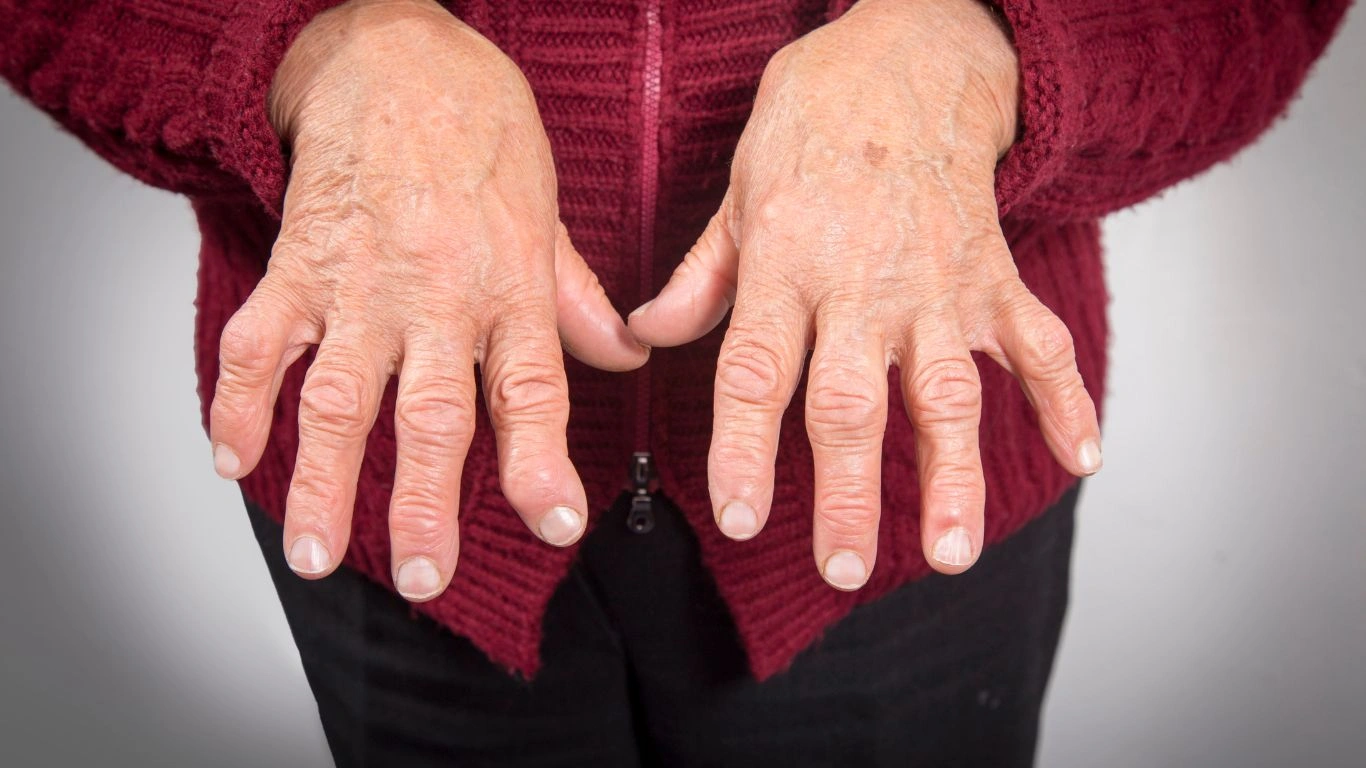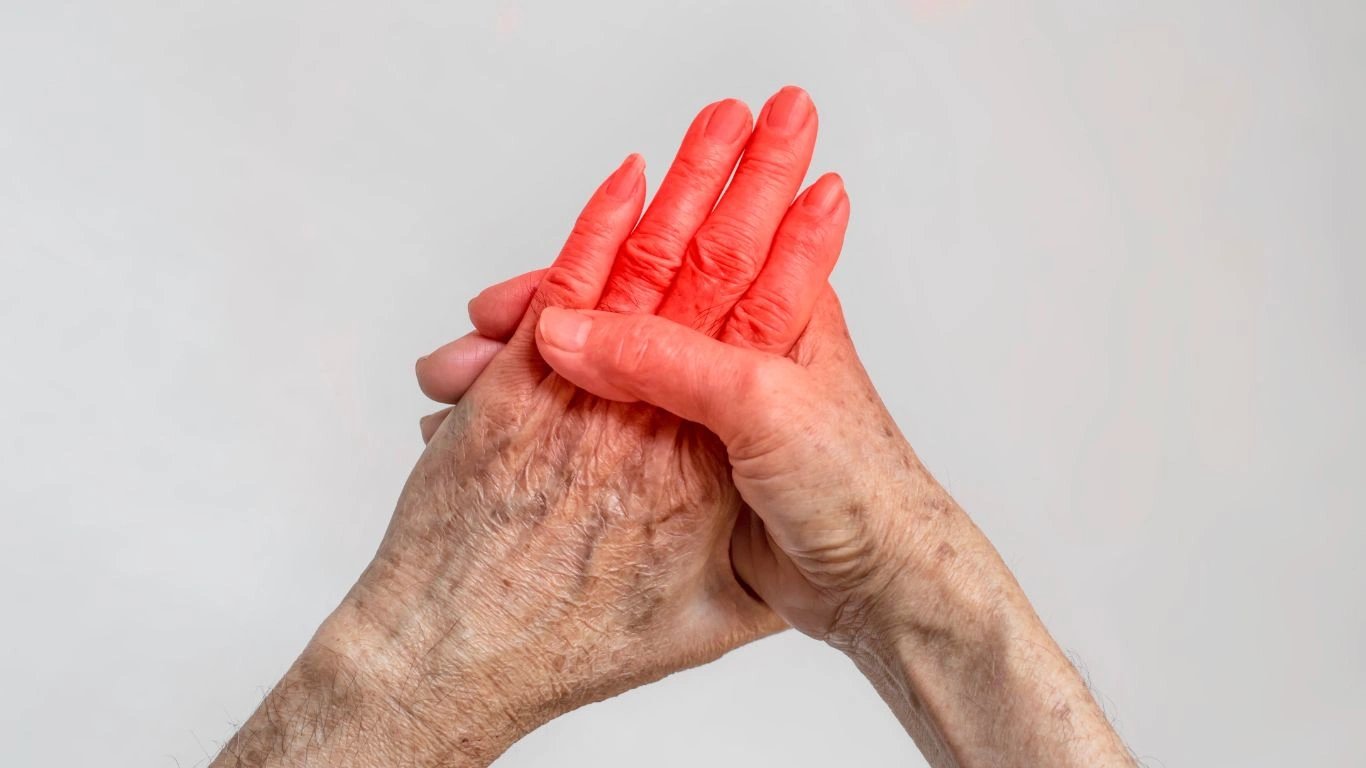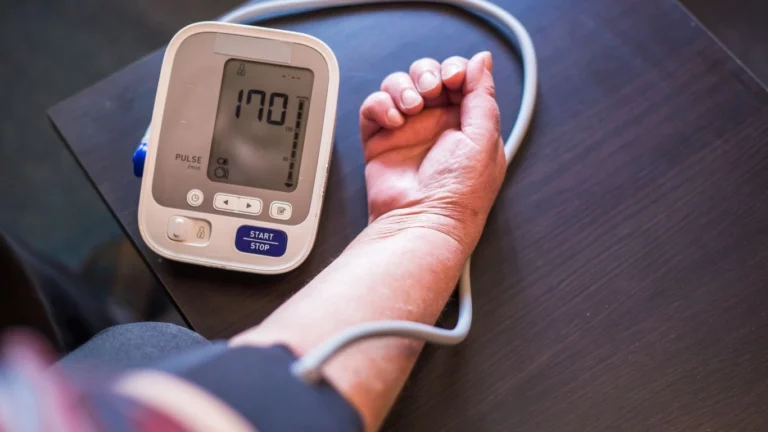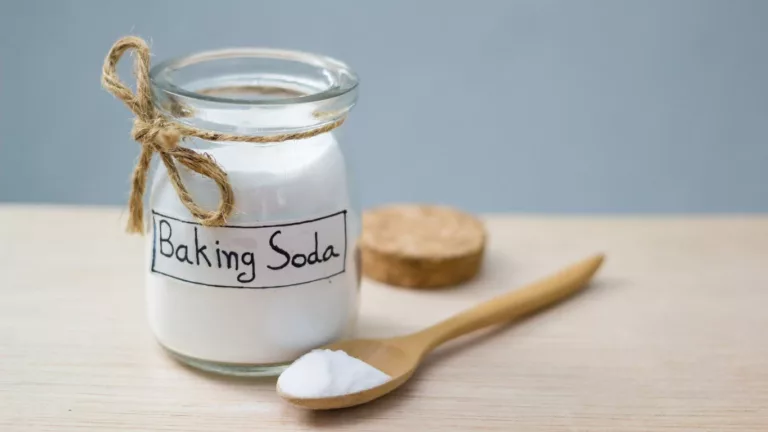Rheumatoid Arthritis and Bone Health: Understanding the Connection and How to Protect Your Bones
If you’re living with rheumatoid arthritis (RA), you probably already know that it impacts more than just your joints. But did you know that it can also have a significant effect on your bone health? Let’s dive into how RA affects your bones and what you can do to keep your bones strong and healthy.
 Rheumatoid arthritis is an autoimmune disease that primarily targets the joints, causing pain, swelling, and stiffness. But what many people don’t realize is that RA can also lead to bone damage and increase the risk of osteoporosis (a condition that makes bones weak and more likely to break). So, if you have RA, taking care of your bone health is just as important as managing your joint pain.
Rheumatoid arthritis is an autoimmune disease that primarily targets the joints, causing pain, swelling, and stiffness. But what many people don’t realize is that RA can also lead to bone damage and increase the risk of osteoporosis (a condition that makes bones weak and more likely to break). So, if you have RA, taking care of your bone health is just as important as managing your joint pain.
In this article, we’ll explore the link between rheumatoid arthritis and bone health, how RA can affect your bones, and practical tips for keeping your bones strong. Let’s get into it!
Why Does RA Affect Bone Health?
Rheumatoid arthritis isn’t just a joint disease—it’s a whole-body condition. The inflammation caused by RA can extend beyond the joints and affect other areas, including the bones. Here’s how:
1. Chronic Inflammation
RA triggers long-term inflammation in the body, which can contribute to bone loss. When your immune system attacks healthy joint tissues, it releases inflammatory chemicals that can also break down bone tissue over time. This can lead to a decrease in bone density, making your bones weaker.

2. Joint Damage
As RA progresses, it can cause damage to the bones around the affected joints. The erosion of bone tissue in these areas may weaken the bone structure and increase the risk of fractures. This is why it’s crucial to manage RA early on to prevent long-term bone damage.
3. Medications
Certain medications used to treat RA, such as corticosteroids, can also contribute to bone loss. While these medications are effective at reducing inflammation and pain, long-term use can interfere with the body’s ability to absorb calcium, which is essential for strong bones. So, managing RA with the help of your healthcare provider is key to balancing inflammation control with bone health.
How RA and Bone Health Are Connected
The relationship between RA and bone health is complicated, but understanding it can help you take proactive steps to protect your bones. Here’s a closer look at how RA can impact your bones:
Osteoporosis Risk
Because RA causes chronic inflammation, it increases the risk of osteoporosis, a condition where bones become weak and fragile. People with RA often have lower bone mineral density (BMD), which means their bones are more likely to break, even from minor falls or injuries.
Joint Deformities
In severe cases of RA, the damage to the joints can lead to deformities. This can alter the way you move, potentially leading to an uneven distribution of weight on your bones. Over time, this could increase the risk of developing fractures or other bone issues.
Lifestyle Factors
Living with RA can make it harder to stay active due to pain and stiffness in the joints. Regular physical activity is essential for maintaining bone density, so when joint pain makes it difficult to move, bone health can suffer. That’s why it’s important to find low-impact exercises that you can do safely.
Tips for Protecting Your Bone Health with RA
While RA can pose risks to your bones, the good news is that there are plenty of things you can do to protect your bone health and keep your bones strong. Here are some expert-backed tips:
1. Get Enough Calcium and Vitamin D
Calcium and vitamin D are essential for healthy bones. Calcium helps to strengthen your bones, while vitamin D is necessary for your body to absorb calcium. If you have RA, it’s especially important to make sure you’re getting enough of both.
You can find calcium in dairy products like milk, yogurt, and cheese, as well as leafy green vegetables, nuts, and fortified foods. Vitamin D can be found in fatty fish like salmon and mackerel, fortified foods, and, of course, sunlight.

2. Engage in Weight-Bearing Exercises
While high-impact activities like running might be off the table with RA, weight-bearing exercises are essential for maintaining bone health. These exercises include walking, light jogging, or even yoga. They help stimulate bone growth and prevent bone loss.
If you’re dealing with joint pain, swimming or cycling can be great low-impact alternatives that still promote bone health without putting too much strain on your joints.
3. Take RA Medications as Prescribed
Managing your rheumatoid arthritis with medication is key to preventing joint damage and bone loss. Nonsteroidal anti-inflammatory drugs (NSAIDs), disease-modifying antirheumatic drugs (DMARDs), and biologics can help control inflammation and reduce the risk of bone damage. Be sure to work closely with your healthcare provider to find the right treatment plan for you.
4. Consider Bone-Strengthening Medications
If you’re at risk for osteoporosis, your doctor may recommend medications specifically designed to strengthen your bones. These include bisphosphonates, denosumab, and other drugs that help increase bone density and reduce fracture risk.
5. Don’t Skip Bone Density Tests
If you have RA, getting regular bone density tests is essential. These tests help monitor your bone health and can alert your healthcare provider if you’re at risk for osteoporosis or other bone problems. Early detection allows for more effective treatment and preventive measures.

Real-Life Example: Managing RA and Bone Health
Take Sarah, for example. Sarah was diagnosed with rheumatoid arthritis in her mid-30s. After a few years of managing the joint pain and inflammation, she started experiencing issues with her bones—she broke her wrist from a simple fall.
After discussing her bone health with her doctor, Sarah found out that her bone mineral density was lower than normal, which made her more prone to fractures. She was advised to start taking calcium and vitamin D supplements and to begin a gentle exercise routine that included swimming and walking. With a combination of medications for her RA and bone-strengthening treatments, Sarah was able to significantly improve her bone health.
Conclusion
If you have rheumatoid arthritis, it’s important to take proactive steps to protect your bones. Chronic inflammation, joint damage, and certain medications can put your bones at risk, but with the right approach, you can minimize those risks. By eating a bone-healthy diet, staying active with low-impact exercises, and working closely with your healthcare provider, you can keep your bones strong and reduce the chances of fractures or other complications.
Appendices
FAQs
- Can rheumatoid arthritis cause osteoporosis? Yes, chronic inflammation from RA increases the risk of osteoporosis, a condition that weakens bones. People with RA are more likely to experience lower bone density and fractures.
- What are the best exercises for people with RA to protect bone health? Weight-bearing exercises, such as walking and yoga, are great for maintaining bone strength. Swimming and cycling are also good low-impact options if you have joint pain.
- How can I prevent bone loss if I have RA? Ensuring you get enough calcium and vitamin D, taking prescribed medications for RA, engaging in weight-bearing exercises, and considering bone-strengthening treatments can help protect against bone loss.
- Can corticosteroids cause bone loss? Yes, long-term use of corticosteroids, commonly prescribed for RA, can interfere with calcium absorption and increase the risk of osteoporosis. Talk to your doctor about ways to manage this risk.
- Should I get bone density tests if I have RA? Yes, regular bone density tests are important for detecting bone loss early and preventing fractures. Your healthcare provider can guide you on how often these tests are necessary.
References
- American College of Rheumatology. (2023). “Managing Bone Health in RA Patients.”
- National Institute of Arthritis and Musculoskeletal and Skin Diseases. (2024). “Osteoporosis and RA: What You Should Know.”
- Rheumatoid Arthritis Support Network. (2022). “Protecting Bone Health with RA.”
Disclaimer:
The information in this article is for educational purposes only and should not replace professional medical advice. Always consult with your healthcare provider for personalized guidance on managing rheumatoid arthritis and protecting your bone health.

Tarra Nugroho is a dedicated Nurse Practitioner with a strong foundation in family and preventive care. She brings both compassion and clinical expertise to her practice, focusing on patient-centered care and health education. As a contributor to Healthusias.com, Tarra translates medical knowledge into clear, empowering articles on topics like women’s health, chronic disease management, and lifestyle medicine. Her mission is simple: help people feel seen, heard, and informed—both in the clinic and through the content she creates. When she’s not caring for patients, Tarra enjoys weekend hikes, plant-based cooking, and curling up with a good health podcast.






